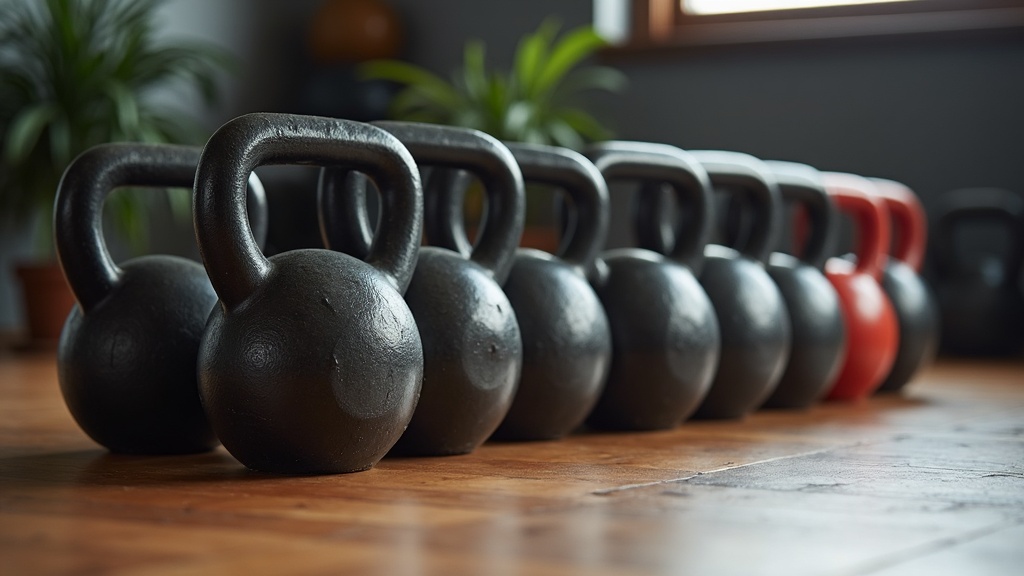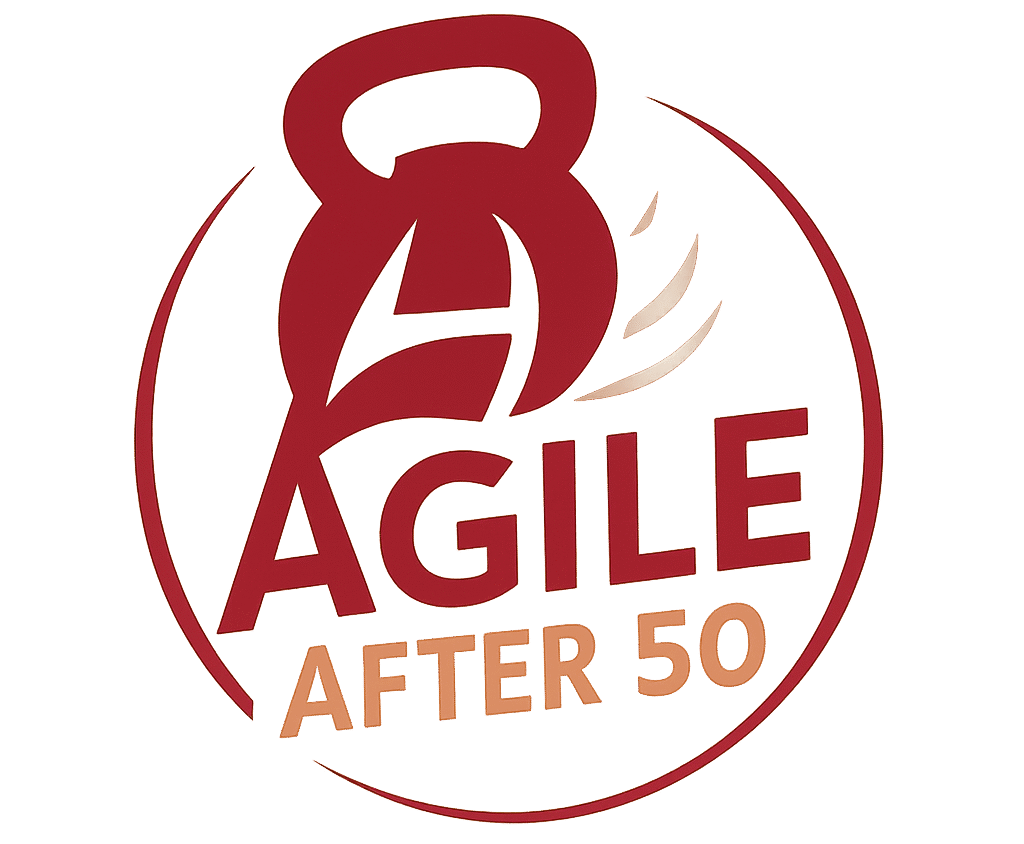Kettlebells have gained a loyal following for good reason. These quirky-looking weights offer a unique mix of strength, cardio, and flexibility that’s tough to match with most gym machines or even traditional dumbbells. If you’re curious about what makes kettlebells stand out for full body strength (and if they’re really worth adding to your routine), here’s what I’ve learned from training with them and digging into the science.

Why Kettlebells Are Awesome for Full Body Strength
Kettlebells aren’t just another gym trend. Their shape and handle position let you move in ways that regular weights simply can’t offer. This means you’re constantly using your core, stabilizers, and multiple muscle groups at once. Movements like the swing or Turkish get up call for coordination and full attention from your legs, glutes, back, shoulders, arms, and core.
So, do kettlebells work the whole body? Absolutely. Even basic moves fire up muscles that standard lifts sometimes leave out. For example, a kettlebell swing trains your entire posterior chain (your glutes, hamstrings, and lower back) while also keeping your shoulders and abs engaged. The result is efficient, well-rounded strength that makes a real difference in your workouts.
Kettlebells and Fat Loss: Are They Good for Belly Fat?
Kettlebell sessions feel intense and for good reason; your body turns into a calorie-burning machine. Since you’re always on the move and switching directions, your heart rate climbs, and you burn more calories in less time compared to less dynamic lifts. This high-intensity effort is great for overall fat loss, including belly fat—but remember, you can’t “spot reduce” fat from specific areas like the stomach.
What kettlebells bring to the table is a way to burn calories and hold on to muscle, which is pretty important for changing how your body looks. While you won’t magically shrink just your belly, regular kettlebell training plus a smart eating plan can help you trim fat all over. Building up your core and back with kettlebells makes your midsection look more toned as you lose weight—plus, you’ll have the added benefit of a stronger back for better posture.
What Kind of Physique Can You Build With Kettlebells?
If you’re wondering what kind of physique kettlebells can help you build, the answer is a balanced, athletic look. Kettlebell users tend to have solid muscle in their legs, defined glutes and a strong, functional core. Shoulders and arms get a good workout too, especially with moves that challenge grip and stability like snatches or presses.
Don’t expect a bodybuilder’s mass from kettlebells—they aren’t meant just for size. What you’ll see is lean muscle, improved posture, and muscle definition, along with a “ready for anything” kind of strength. If you like feeling fit, strong, and nimble, this is right up your alley. Beyond the appearance, kettlebells help you move better in real life, not just at the gym.
How Kettlebells Build Strength
Kettlebells step up your strength in unique ways. Regular lifting often means hoisting a heavy weight for a few reps. With kettlebells, you usually work with resistance for longer periods, practice complex movements, and train your body to function as a single unit instead of focusing only on isolated muscles.
So, do kettlebells really step up strength? Absolutely. Classic kettlebell lifts—like the swing, clean, snatch, and Turkish get up—call for effort from both your major muscle groups and your stabilizer muscles. The single-sided (unilateral) approach of most kettlebell lifts helps spot and address muscle imbalances. Plus, your core takes on extra work compared to regular training. Over time, you’ll notice real gains, especially in activities outside the gym that ask more from your body than a simple press or squat would.
Can You Build Muscle With Just Kettlebells?
Packing on muscle with kettlebells is done best if you’re new to strength training or are moving from mostly cardio routines. Kettlebell training hits major muscle groups hard, creating the muscle challenge and fatigue needed for growth. For instance, goblet squats, swings, and presses done with solid sets and reps get your muscles working and your sweat pouring.
If your main goal is max size, you’ll want to add some traditional weights eventually because ultra-heavy barbells make “progressive overload” easier. But for most people, kettlebells work well for a strong, fit physique. If you love athletic, flowing moves, they’re particularly good. For muscle growth, go heavier when possible, slow your tempo, and keep protein intake up to give your muscles what they need. Consistent variety and proper rest will also pump up your results.
How Many Kettlebells Do You Need for a Full Body Workout?
You don’t need a mountain of kettlebells. A single one in the right weight range can give you a serious full-body workout. Two kettlebells—whether matched or staggered in weight—add extra exercise options, like double swings, farmer carries, or loaded squats. Most beginners start with one moderate weight (around 8kg to 12kg for women, 12kg or 20kg for men) and add another lighter or heavier bell as they get stronger and more experienced.
Here’s a helpful breakdown:
- One Kettlebell: Great for swings, Turkish get-ups, single arm presses, goblet squats, deadlifts, cleans, and more.
- Two Kettlebells: Let you move both sides at once or add more weight for big lifts, like deadlifts, squats, cleans, and presses.
If you’re training at home, two bells allow more flexibility but don’t hog much space. The key is to pick weights that are actually challenging and master the basics before stocking up on more equipment. Start simple and let your skills build over time.
Getting Started: Basics of Training With Kettlebells
If you’re new to kettlebells, it helps to know a few foundational movements and tips that make a big difference:
- Kettlebell Swing: The swing is about hip power, not arms. Start with a lighter bell and focus on hinging at your hips instead of squatting.
- Goblet Squat: Holding the bell at your chest keeps you upright, works your legs, glutes, and core all at once.
- Turkish Get Up: An eye-opening exercise for mobility, coordination, and total core strength. Move slowly; every phase matters.
- Clean & Press: Mixes strength and control, hitting your arms, shoulders, and back.
- Farmer’s Carry: Just walk while holding heavy kettlebells; your grip and whole body get a challenge after just a minute.
Practising these essentials covers your bases for strength, cardio, and mobility. Begin with correct form. Focus on quality reps over speed for best results.
What to Watch Out For With Kettlebell Training
Kettlebell training is powerful but comes with its own set of cautions, especially for newcomers:
- Form matters a lot: These movements ask for coordination. Going too fast creates bad habits and leaves you open to injuries.
- Picking the right weight: Start lighter than you think, especially for swings and Turkish get-ups, to get the technique locked in.
- Wrist and Grip: If you let kettlebells slam your wrists during cleans or snatches, you could bruise yourself—focus on guiding the weight smoothly.
- Plenty of Rest: Kettlebell workouts often get your heart racing, so recovery and rest matter if you want to keep progressing and avoid getting run down.
If you’re unsure of your form or how to put together workouts, check the other pages on this site and my YouTube channel. Training with proper control beats forcing out messy reps. Smooth reps mean safer, better training.
Common Questions About Kettlebells and Full Body Strength
Do kettlebells work the whole body?
Yes. Most kettlebell exercises are compound, working legs, glutes, the core, upper back, and grip all at the same time for comprehensive results.
Is a kettlebell good for belly fat?
Kettlebell circuits are calorie burners and support overall fat loss. If you also keep your nutrition smart, you’ll see results in your midsection over time.
What kind of physique will kettlebells give you?
Look for lean, athletic muscle and a balanced physique—strong, defined, but not “bulky.” Expect fewer aches and better posture, too.
Do kettlebells improve strength?
Definitely. They train stabilizers and big movers together, giving you real-world, practical strength that translates beyond the gym.
Can you build muscle with just kettlebells?
Yes. With decent resistance, the right program, and solid nutrition, kettlebells alone can grow muscle and strength for most lifters.
How many kettlebells do I need for a full-bodywell-selected workout?
Just one can get the job done. Two add options, but one well-selected kettlebell will take care of most full-body needs, especially for home training.
Ready to Give Kettlebells a Try?
Adding kettlebells to your fitness routine is practical if you want a convenient, efficient way to create full-body strength, burn fat, and keep things interesting. One kettlebell can give you loads of workout options, and while there’s a learning curve, the payoff comes quickly. Whether your goal is to get stronger for daily life, step up your game for sports, or simply feel and move better, kettlebells are absolutely worth trying. Stick with the basics, keep your form sharp, and enjoy stronger days ahead as you see your progress build.
